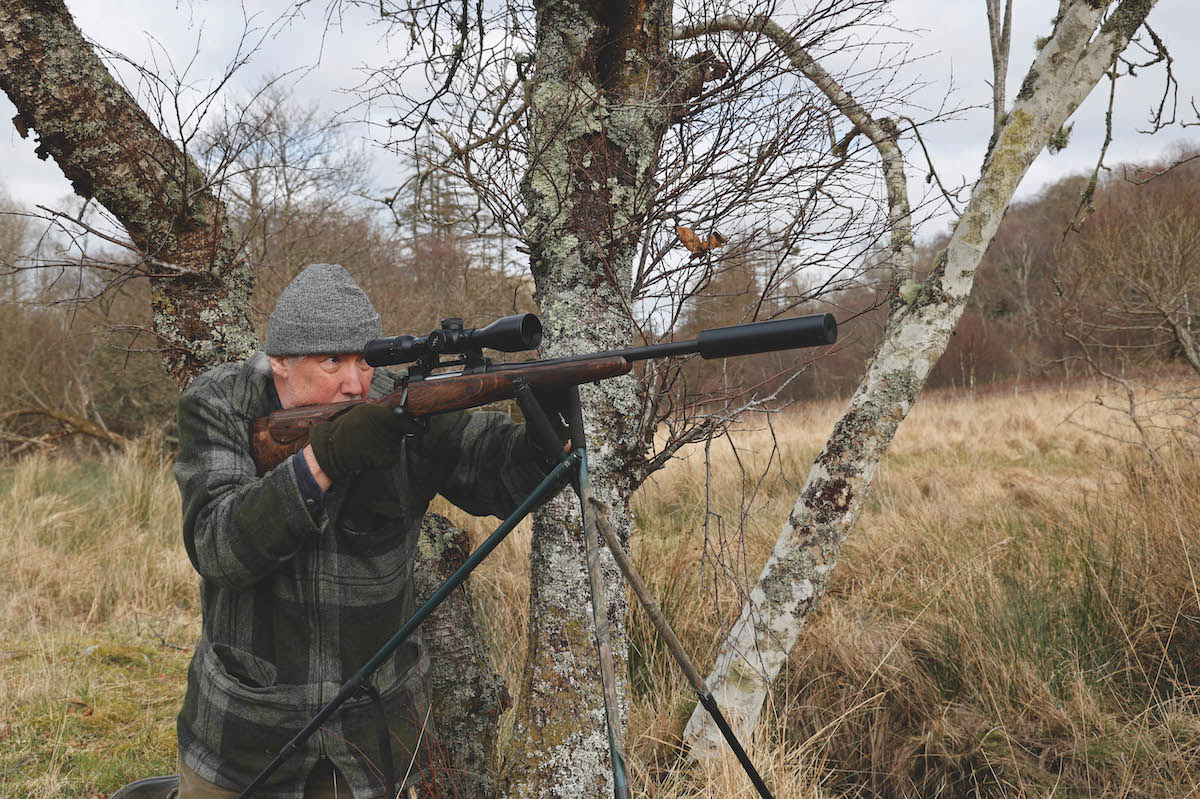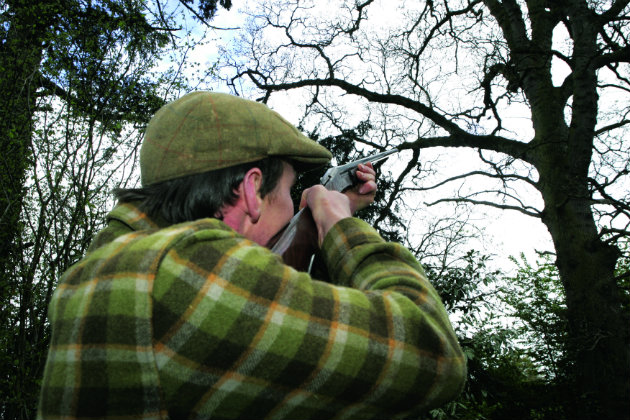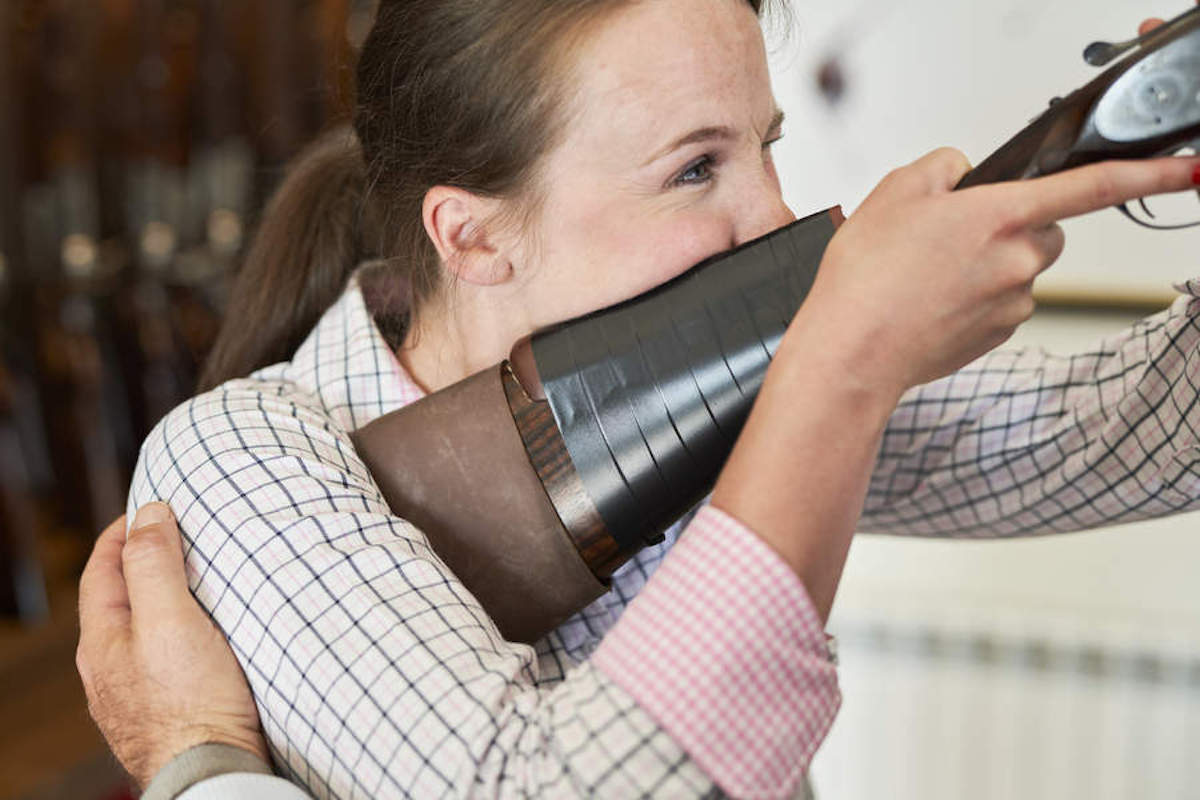Pigeon shooting on spring drillings
Pigeon shooting advice:
By the time you read this, spring drilling should be well under way in most, if not all, parts of the country.
Indeed, on some of the lighter soils, it may well be finished.
On our heavy Essex clay, the drills tend to come out from mid-March onwards, and most of the decoyers I have spoken to, can’t wait!
We’ve probably had the biggest number of wintering woodies that I can remember for a long time, but they have been devilishly difficult to come to terms with.
The reason is that most of the rape fields hereabouts are extremely backward, probably because of the poor seedbeds into which they were planted back in the Autumn.
This means that the birds have been able to – literally – pick and choose which field they wanted to dine in, simply moving to another restaurant whenever any hopeful pigeon shooter turned up.
Of course, the tiny plants have taken a fearful pasting from the pigeons, and farmers have been understandably keen for us shooters to keep trying to make a bag, even though most sorties rarely amounted to more than a dozen or so birds.
In fact, a few of my friends have given up trying to decoy them at all, relying on hitting the flight lines at first light for an hour or so. At least that way, they could guarantee a few shots, and also reassure the farmers that they were doing something.
But now things are beginning to change. By the first week in March the enormous flocks were beginning to break up, and I was noticing small parties foraging along the roadside verges for grit, a sure sign that they’re preparing for the drilling season.
Although pigeons are keen to get at newly sown grain, having been deprived for some several months now, it sometimes takes a few days for them to cotton on to the fresh food supply – even when the field is right next to the rape on which they have been feeding all winter!
But when they do switch on, you need to be right on their tails, as any loose seed is likely to be hoovered up pretty quickly before the birds move away to the next field.

ABOVE: Open out your pattern by putting pigeon decoys 4 or 5 feet apart.
As a (selfish) pigeon shooter (rather than my conventional role as a farmer) I like to see a cloddy seedbed which ensures plenty of grain lying on the surface, giving the birds at least 4 or 5 days to get stuck in.
In this respect, I think Spring this year could be more productive than usual, as many of our local farmers did not complete their autumn cultivations, preferring to wait for more suitable conditions.
Also – and these are the areas to which I will be paying particular attention – several fields are to be re-drilled, generally because they failed as a result of the wet conditions in the autumn.
These fields should come up trumps for two reasons; for a start the seedbeds are likely to be poor, meaning plenty of scattered grain, and secondly, the local decoyers often fail to realise that the fields have been replanted, assuming everything was drilled up in the autumn.
One of my best farms is even pulling up nearly 100 acres of winter rape and replacing it with the Spring variety.
I reckon these fields will yield better bags than the ones to be planted with peas. On the subject of peas, don’t be surprised if pigeons are reluctant to hit them immediately after drilling.
Quite often, the pink seed dressing is unpalatable to them, and they won’t touch them until heavy rain has washed it off.
Also, when decoying on fresh drill, remember to set your pattern with plenty of space between individual decoys.
Depending on the availability of seed, pigeons will cover the ground surprisingly quickly, often wandering quite a distance from their pals in search of tasty morsels.
Your layout needs to reflect this. Unfortunately, the drilling season is a short one, and the pigeons will all too soon be back on the rape. But in the few weeks they have been away, things will have altered dramatically.
Firstly the rape, having been given a brief respite, will have grown away, denying pigeons access to all but the most backward areas. More importantly, though, the flocks will have fragmented entirely. With longer daylight hours, along with the birds increasing urge to pair up and breed, you’ll find the woodies spending more and more time in the woods.
Having easily replenished their bodyweight – from easy access to protein-rich grain over the past couple of weeks – the pigeons no longer have to feed from dawn till dusk, so you tend to get a more prolonged session… typically from midday through until five in the evening.

ABOVE: These birds clearly found a plentiful supply of dressed grain to feed on.
There’s no doubt that fields which have frustrated you all winter will now start to pull the birds in – as they attack the shrinking areas available to them. Never forget that this can continue right up until the rape is in full flower, normally around the end of April.
But back to that frenzied two or three weeks of drilling activity. How do you get the best from any given situation?
Probably the hardest thing to decide is when to tackle a field. Too soon, and you run the risk of blowing the field up before all the birds in the district have found the feast. Too late, though, and the pigeons will have cleared the food and moved on. It’s a delicate balance, particularly when you factor into the equation the likelihood of another decoyer stepping in while you wait for the numbers to build up!
Farmers generally accept that any seed on the surface eaten by pigeons at this time is unlikely to grow, so they are usually fairly tolerant if you try to allow the birds a couple of days to really get hooked – especially if you’ve previously spent innumerable days freezing your nuts off protecting his rape!
I think by this stage you’ve earned the right to try and plan a big day, after all, this is likely to be the first time in months when you might actually get to shoot a good quantity of birds.
It’s often worth a look at a field in the evening when the birds have gone to roost – simply to see how much grain is still lying about. If I can find any grain left on the field I’ll be 95% confident birds will return the next day.
On the other hand, though, if I can’t find any grain lying around whatsoever… well, then it’s in the lap of the gods where the birds might be the following day.
But hey, that’s the beauty of pigeon shooting… isn’t it?








